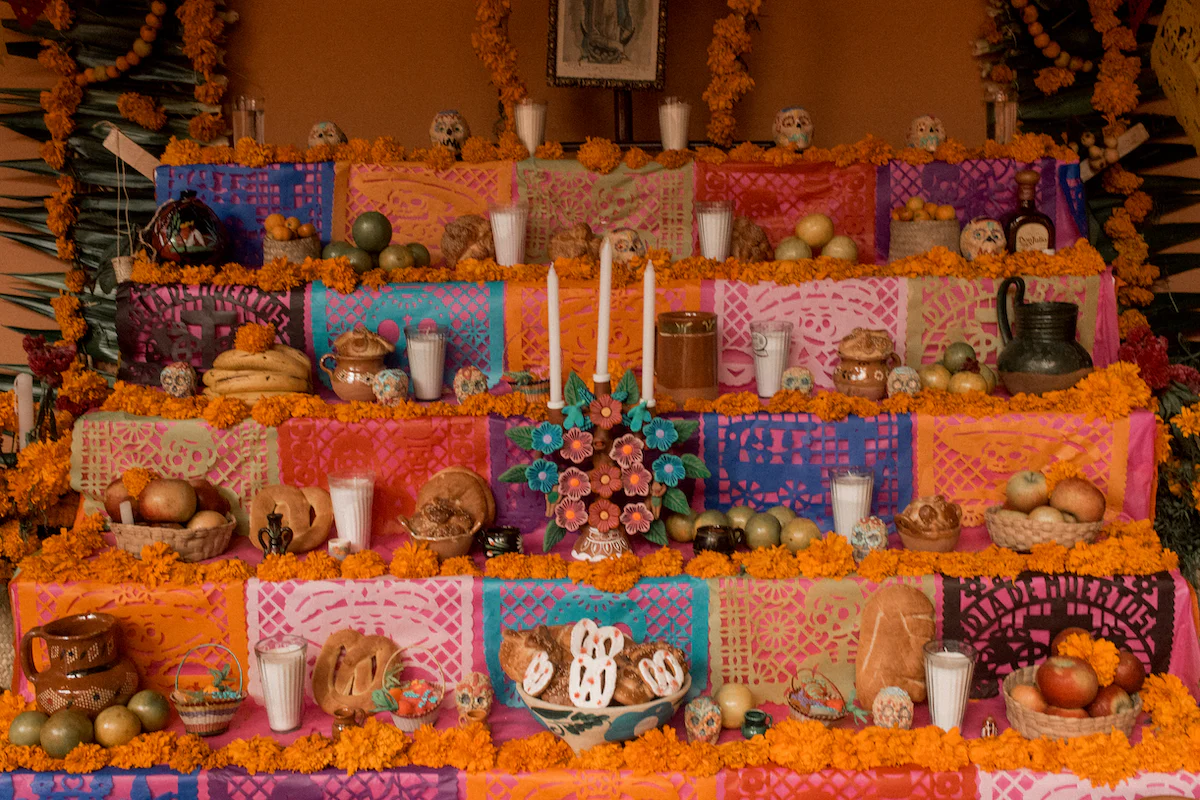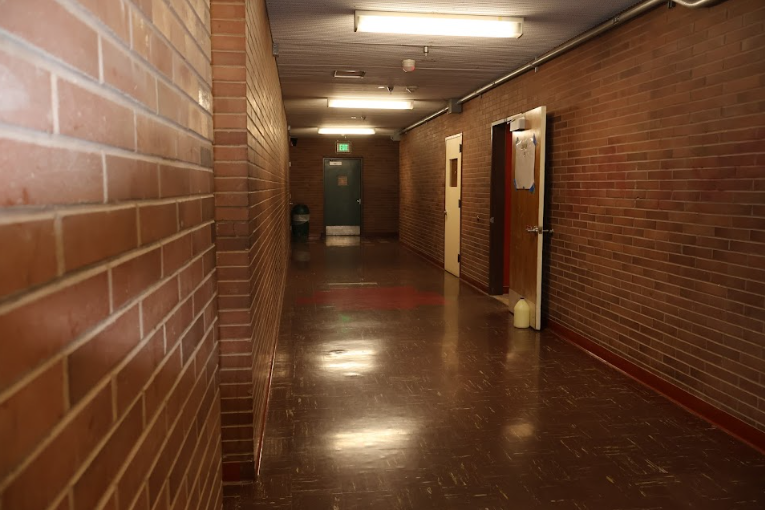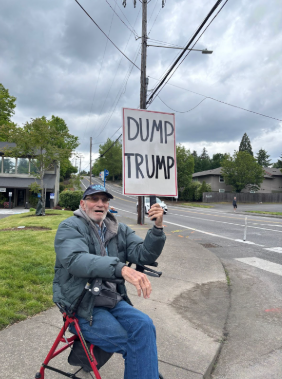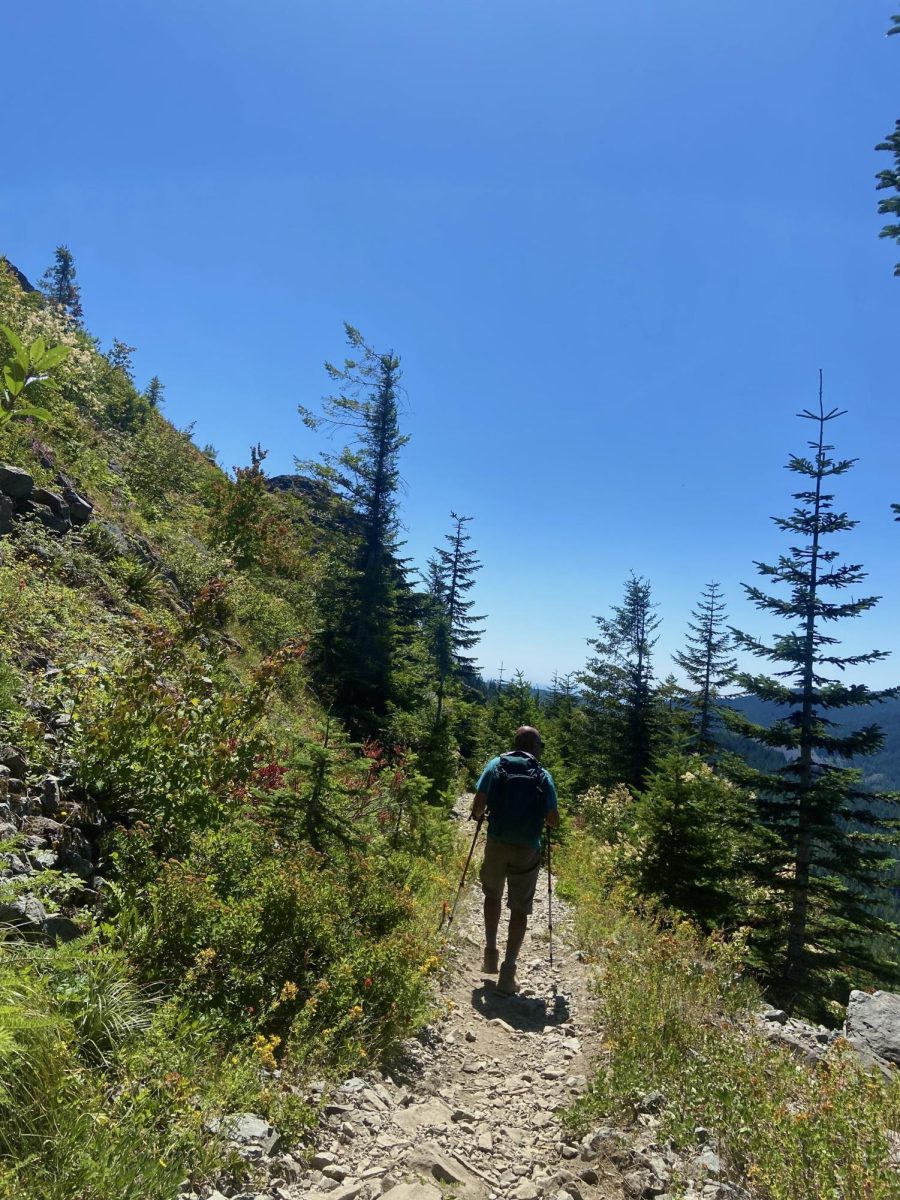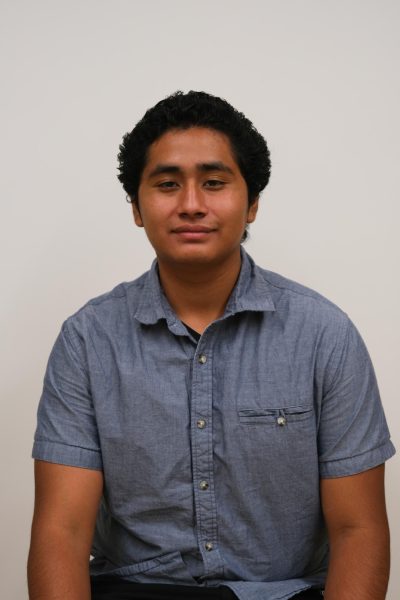Day of the Dead, also known as Día de Muertos, is one of those holidays that has many misconceptions surrounding it. On one hand, some believe it to be a Halloween type of holiday. On the other hand, others believe that it was brought over by the Spanish during colonial times.
Día de Muertos is an Indigenous holiday that numerous Mesoamerican cultures and tribes celebrate differently. Certain cultures in Guatemala celebrate it by creating kilts to contact their ancestors through the sky. Regions in Bolivia honor their ancestors with the actual skull of the deceased and decorate them in relation to the person’s lifestyle. Most communities in Mexico celebrate the holiday by creating ofrendas (altars) with various items to honor loved ones.
All of these traditions occurred well before the Spanish arrived. However, the Spanish had a massive impact on the holiday and made it what it is today. For instance, the inclusion of crucifixes, candles and images of saints in the ofrendas only started when the Spanish began spreading Catholicism to the Indigenous communities. But what was the holiday that inspired the creation of Día de Muertos, and who celebrated it?
According to Medium, the Toltecs celebrated a holiday during pre-Hispanic times that is known as Wey Mikaliwitl in the Nahuatl language. It was celebrated in August and would span for 40 days. The Spanish despised the celebrations that followed Wey Mikaliwitl, for they believed it to be “evil” and “demonic.” However, in response to the negativity that followed the celebrations, the Toltecs would celebrate and have feasts on Nov. 1 and 2 to coincide with All Saints Day and All Souls Day. They did this to hide the fact that they were actually celebrating their own holiday, and to trick the priests into thinking that they had converted to Catholicism. This form of resistance would last many years, and would eventually turn into Día de Muertos.
While the practice of building ofrendas and creating paths to guide the souls with marigolds are rooted in Indigenous traditions, the Spanish would start to add their own twist to the holiday by adding crosses and images of saints to the altars.
Even though the idea that Día de Muertos was brought over by the Spanish is still widely believed, Indigenous communities are still resisting Spanish influence by celebrating in their own traditional way—without the new customs the Spanish started. Additionally, some communities still celebrate Wey Mikaliwitl with the August-September schedule, not the widely known Oct. 28-Nov. 2 schedule.
To this day, Indigenous communities continue fighting to keep their traditions alive in the modern world.


